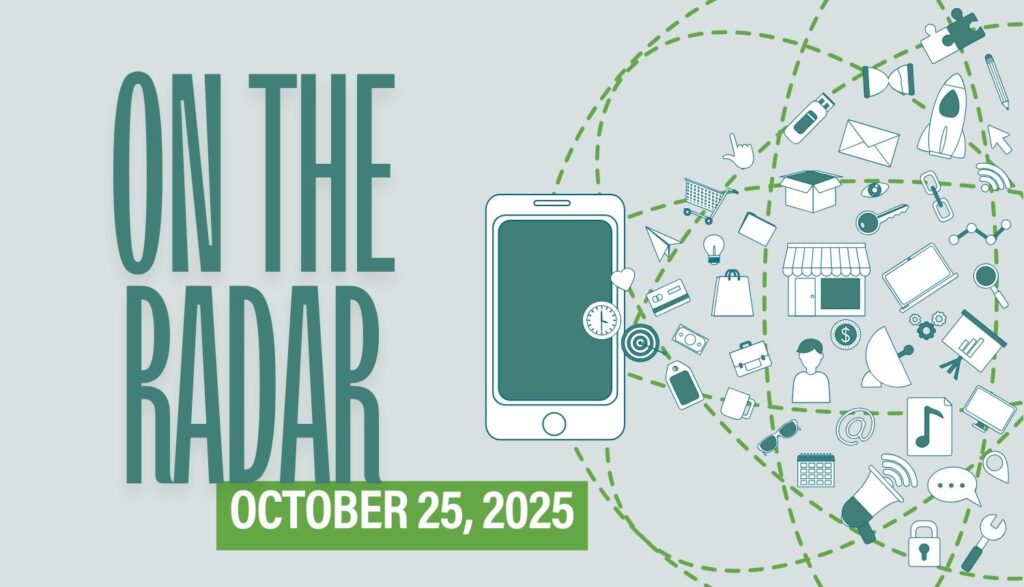Police Say Kids’ AI Homeless Man Prank Causing Major Problems
What? Teens are using artificial intelligence—specifically Snapchat’s AI tools—“to create images of a grimy man in their home,” according to The Verge. The kids then send the video to their parents, informing them that the stranger is refusing to leave, and post their parents’ reactions to TikTok.
So What? The police department of Salem, Massachusetts released a statement warning against this prank: “Police officers who are called upon to respond do not know this is a prank and treat the call as an actual burglary in progress thus creating a potentially dangerous situation.” One official said the prank even “cause a SWAT response.”
Now What? Remind your teens that it’s actually illegal to report a fake emergency to the police. Because it wastes valuable resources, it can result in fines and even jail time. So while they might find your reaction humorous, it’s not so funny to the grown-ups involved. Not to mention that these pranks dehumanize homeless people.
TikTok’s ‘Group 7’ Is Just Another IYKYK Trend
What? According to Marie Claire Australia and Forbes, TikTok’s “Group 7” is just the latest “if you know, you know” trend. Upcoming musician Sophia James inadvertently started Group 7 after uploading a series of promotional videos for her new song. The group number is based on which video viewers saw.
So What? For reasons unknown, the video labeled Group 7 became the most popular of the bunch, and TikTok users instantly claimed Group 7 as their own. Essentially, if you’ve seen a Group 7 video, you’re “cool.” Other celebrities and brands have also jumped on the trend, creating their own Group 7 videos.
Now What? Ask your teen if Group 7 has made them feel left out. If they’ve scoured TikTok (or other social media platforms) looking for Group 7 videos, ask them to consider if this has actually provided a sense of belonging or satisfaction. Remind them that these trends tend to die out pretty quickly, so obsessing over them—or worse, using them to ostracize friends or classmates—won’t provide lasting contentment.
‘Instagram Face’ Takes a Psychological Toll on Girls
What? “Instagram face” can be linked back to a 2019 article in The New Yorker. The magazine described it as a sort of idealized, Instagram version of beauty, featuring pictures of young faces “with poreless skin and plump, high cheekbones.” Additional studies have confirmed this description: “symmetrical … with a small and neat nose, full and lush lips, high cheekbones, and also a sharp and chiseled jawline.”
So What? With a variety of filters and makeup tutorials, social media has long been impacting the self-esteem of young girls. However, the rise of the Instagram face has led to a completely dysmorphic view of what’s even physically possible. (Many teen girls are asking for plastic surgery to achieve these new ideals.) But artificial intelligence is in the mix now, too. So, many of the seemingly perfect faces that teens are seeing on social media aren’t even real.
Now What? Experts warn that many teens may not have an awareness that the images they’re seeing have been altered—and even if they have awareness, they can still feel less in comparison. Talk to your teens (including your boys) about the problems with objectification and emphasizing appearance over other attributes. Discuss the ways that advertisers and influencers prey on our insecurities to sell products or get views. And be sure to stress that qualities such as kindness, intelligence and creativity are far more valuable (and long-lasting) than physical ones.





One Response
How is something that homeless people have no involvement in “dehumanizing”? Seems like a bit much in both practice and in overreaction. No need to virtue signal while calling out this unwise activity.